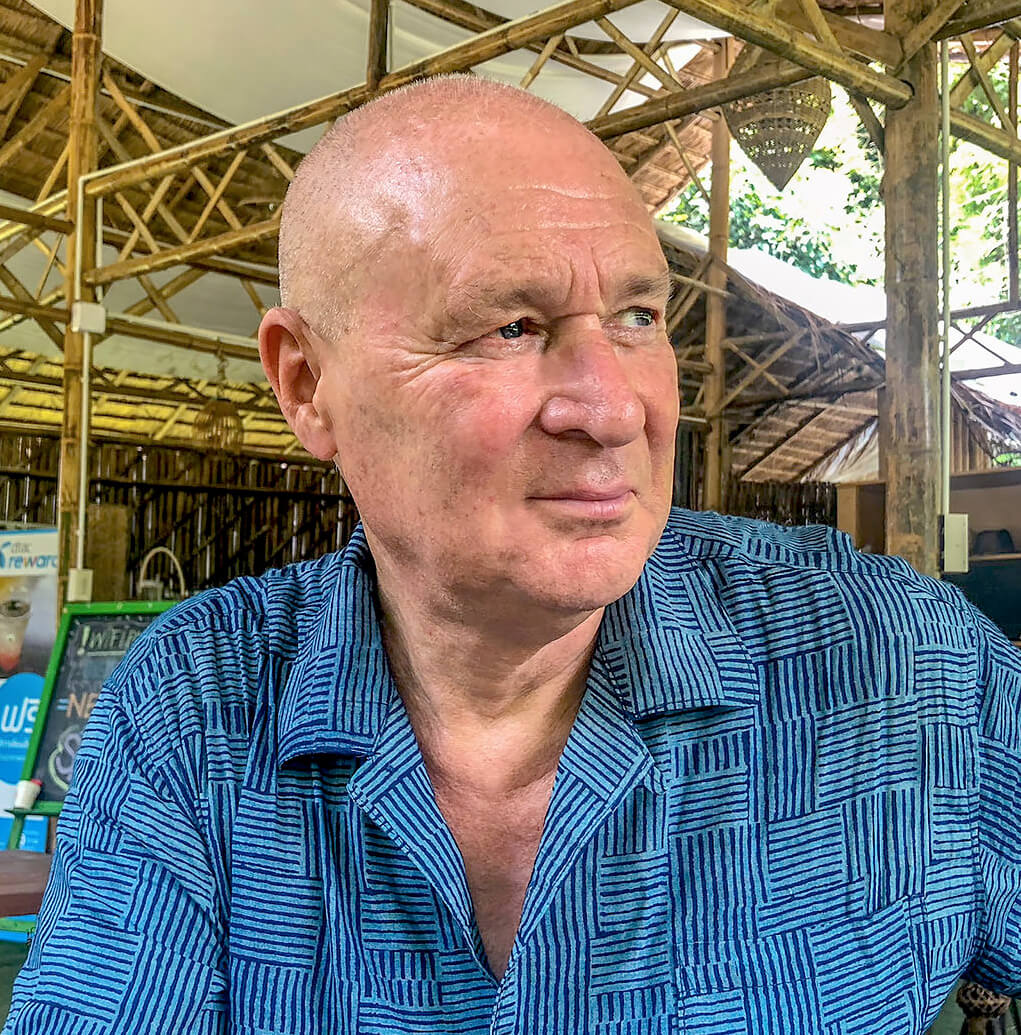John Novis is photographer and story teller working on environmental issues, particularly climate change for the last 30 years.
Climate Change is the biggest global threat ever known to mankind, yet it is the most challenging and difficult subject to visualize to any great effect. Any image presented, be it extreme weather events, scientific evidence or global protests can be argued against by a sceptic media, governments and industry. It is precisely this challenge that drives concerned photographers to push ever more creative photos into the image pool to drive home the importance of this emergency of our times.
We are getting somewhere thanks to Greta Thunberg and Environmental groups such as Greenpeace, Extinction Rebellion etc. which provide scope for compelling pictures. Social media has also provided a valuable platform for citizen journalism reporting climate related events as they unfold in real time.
How I got there
I stared my career in photography in London during the 'swinging 60's 'years working with high profile photographers in Vogue, Apple Corp (Beatles), top Fashion and Industrial photo studios Adrian Ensor Labs up until 1977 when I enrolled on a 3 year 'Creative Photography' course in Nottingham University under the guidance of Thomas Joshua Cooper and Raymond Moore. In 1980 I received a grant from UK South East Arts to make a 30 minute, 16mm film called 'Our trip to the Zoo' analysing the family snapshot with the old Kodak slogan – 'to capture life'. Throughout most of the 80's I worked as a freelance commercial photographer and then in 1989 I joined Greenpeace as an in –house photographer where I was employed until 2015. Just before I joined Greenpeace, I was becoming disillusioned with photography as an instrument for advertising and generating profit. It was though Greenpeace I was able to employ my expertise in photography to produce images that would serve as a wake-up call to the critical state of our environment. As photography became more important to the organisation I became Head of Photography at the international headquarters in Amsterdam, directing major photo projects such as: - Ocean and whaling expeditions, Amazon – Illegal logging, Yunnan, China campaigning against the introduction of GMO rice to the rice growing communities, Climate in Crisis - Yellow River drying up, the Disappearing Glaciers on Everest, Climate and Poverty along the Silk Road in Gansu Province, China - Palm oil production in Riau, Indonesia and 'Forest Solutions' global communities living from the forest management towards a sustainable solution. In addition, I have also worked on numerous successful publications including the nuclear industry of Russia with Dutch photographer Robert Knoth, (Panos) and Bhopal – '' with Raghu Rai (Magnum). My professional services outside Greenpeace have included, organizing and hosting the Beijing Photo Master Classes with World Press Photo winners, member of the jury for the 2007 CHIPP (China International Press Photo Contest) and Member of the Jury and visiting lecturer to Fotopub, Slovenia July 2008. Directing a major exhibition and slide show at 1999 Perpignan, Visa Pour L'image with an interview with Jean Francois Leroy on stage. In 2012 I ran a photo workshop and curated a renewable energy exhibition at the Angkor Photo Festival in Siem Reap, Cambodia and was invited as guest speaker for Wild Photos at the Royal Geographic society in 2011.
I am currently working on Climate Emergency events and supporting on line publications with consultancy and archive picture material.
